Rosa Centifolia Dry Pink Rose Petals
Rosa Centifolia are famed for its honey like fragrance . Rosa centifolia dried pink rose petals and its buds are used as herbal tea. And its petals are also used in cosmetics and in food products. Offered dried pink petals of rosa centifolia are naturally sun dried.
Rosa genus comprises more than 100 species with different colours and about 2500 hybrid varieties but the most valuable is “Rosa centifolia” which is generally used in Ayurvedic formulations. Rosa centifolia (belongs to family Rosaceae) is popularly known as Gulab, Satapatri, Hundred petalled rose, Province rose andCabbage rose etc. It is native to Asia and Middle East countries. It is 80% similar to Rosa damascena in all characteristic. It is generally cultivated in gardens and homes due to its rich perfumery fragrance and rose oil. It yields pink and fragrant flowers throughout the year which are mainly used for extraction of rose oil and production of other rose products such as rose water, rose cream, rose jam (Gulkand) and mouthwash.Its fruits are fleshy and edible that are known as Rose Hip.
Rosa centifolia Essential oil extraction
There are number of methods of essential oil extraction from plant such as steam distillation, solvent extraction, cold pressing & hot pressing, vacuum distillation and high pressure CO₂ extraction technique but the most common method of extraction is steam distillation or hydro distillation. Steam distillation can be done with at least 20 kg of fresh plant material (flowers) taken in a still chamber while a pressurized steam is generated in a separate chamber and allowed to circulate through the plant material. This heated steam forces the intercellular pockets of plant to open and releases essential oils contained in them. The temperature of steam should not be too high as it can damages the plant tissues or burn essential oils.
The essential oils along with steam molecules travel through a tube into a still condensation chamber where they cooled down. The material collected in condensation chamber is a liquid which is known as hydrosol (essential oil + rose water). The hydrosol has a thin layer of oil present above rose water which can be separated by using organic solvent (n-hexane) through distillation method in a recovery evaporator.
Hence rose water can be obtained as a by-product in this method. Traces of remaining n-hexane can be removed by bubbling nitrogen gas through this oil.The rose essential oils can also more frequently obtained by solvent distillation method by using a Soxhelt’s extraction apparatus, rose flowers and a chemical solvent such as hexane to pull out aromatic compounds. This method yields about 10 times more oil than the amount obtained by steam distillation.
Rosa centifolia Uses of Essential oil
Rose essential oil obtained from Rosa centifolia is yellowish brown in colour and locally called “Attar” which is highly appreciated among people as perfume. It has great importance in many industries as it is used for flavoring and scenting purpose. It is also used for manufactures of cosmetics, soaps, tea and liquor. It comprises different chemical constituents which can be analyzed by adopting various extraction techniques.
Rosa centifolia Rose water extraction
Rose water is also extracted by the simple steam distillation technique. Initially, rose petals are boiled in a main still container and the water vapours are collected in a separate condenser which covert the evaporated rose water back into the liquid form by cooling down. After condensation, the extracted rose water is collected in a separate container and saved for future use.
Rosa centifolia Uses of Rose water
Rose water is used in cakes, pastries and different kinds of desserts. It is also used in the preparation of cosmetics such as ointments, hand lotions and face creams which induces a soothing and cooling effect on skin. It is mixed with vegetable glycerin which is used for moisturizing purpose. It is suitable for all skin types but especially valuable for sensitive, dry and aging skin. It is also useful for reducing the redness of skin caused by enlargement of capillaries hence, a cheap way to provide skincare.
Dried rose petals are mixed with Fuller’s earth (Multani Mitti) along with rose water and used as a face mask for attaining a glowing skin. This rose water is a best tonic and antiseptic in eye infections. It is considered as a mild sedative and anti-depressant as it offers soothing effect to nerves and release stress, tension and peptic ulcers. It readily increases digestion, bile secretions and blood circulation. After extraction of oil and rose water petals residue is used to make “Gulkand” which possesses laxative properties and cured sore throat and tonsils.
Rosa centifolia Phytochemical Constituents
The important phytochemical constituents are isolated from rose petals through Gas Chromatographic Analysis reports that it contains Phenyl ethanol (43%), Geranyl acetate (15.6%), Geraniol (10.5%), Linalool (6.9%), Benzyl alcohol (3.3%), Benzaldehyde (1.5%), Nerol(5-10%), Citronellyl acetate (0.3%). It also contains saccharine matter, salt of mallic&tartaric acid, oloigomericproantrocyanides, mineral salts, tannins, pectin, sugars, purgative glycosides and riboflavin.
Rosa centifolia Uses and Health Benefits
Traditionally it is used for burning sensation, cough, fever, skin diseases, general weakness, conjunctivitis, cardiac disability and inflammation.The roots are astringent in nature and used in rickets, hemorrhages, intestinal ulcers and diarrhea. The leaves helps in curing wounds, hemorrhoids, hepatopathy and opthalmia. The flowers are aromatic, carminative, digestive, expectorant, rejuvenating, anti-inflammatory, aphrodisiac, febrifuge, depurative and intellect-promoting styptic. They are used in cardiac troubles, asthma, diarrhea, cough, fever, insomnia, palpitation, high blood pressure, urinary tract infections, bronchitis, dysmenorrheal and reduction of stress. The essential oils and perfumes obtained from petals are antibacterial, antioxidant, antitussive and inhibits leukemia cell growth.
Rosa centifolia Rose Tea
Rose tea can be made by boiling ½ grams of rose petals in 150 ml of water. This tea is a natural blood purifier which is used to reduce headache and vertigo. It is also used as local anesthetic, mild sedative, liver protective, cardio tonic and anti-depressant.
Rosa centifolia Gulkand
Gulkand can be obtained by Rosa centifolia. “Gul” means rose and “Kand” means sweet. It is an important ingredient for numerous food products such as ice-creams, paan, smoothies, chutneys etc. It can be easily prepared in homes by mixing sugar in shade dried rose petals and place it under a sun for few weeks in an air tight glass container. After a few weeks, a jam like consistency mixture will form which is ready to use.
It is a natural coolant which is helpful in various disorders that occurs due to excessive heat in the body. The intake of Gulkand reduced the impact of heat on body, reduces the burning sensation in palms or soles, prevent nose bleeding during summers. It also treat heartburn, sour mouth and stomach ache. It enhances eyesight, memory, appetite and digestion.
Rosa centifolia Rose hip or Rose fruit
Rose hip can be red, orange, purple or black in colour and found usually in late summer or autumn. It has plenty of health benefits. The most important feature of Rose hip is that they are rich in vitamin C and are a natural source of antioxidant. It has 60 times more vitamin C as that of oranges. They are used to treat disorders like arthritis, cataract, cancer, aging and cardiac diseases.
They play a role in manufacture of herbal teas, jelly, jams, beverages, marmalade and bread. Rose hip tea can be made by adding powder of dried fruits in a cup of tea along with boiling water. The rest of fruit powder should be stored in an airtight container.


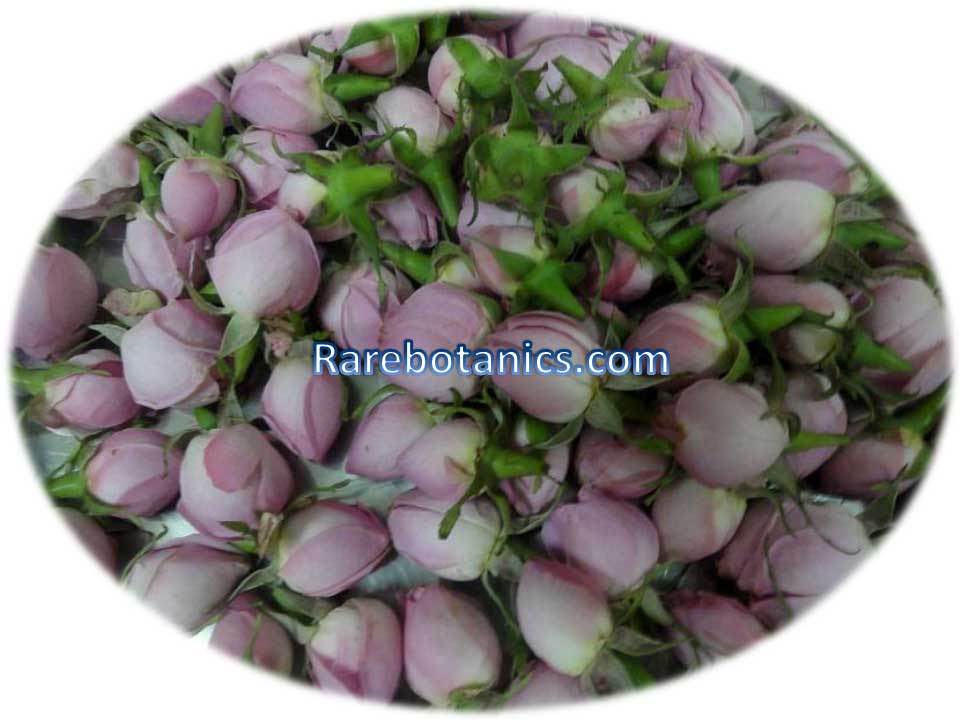
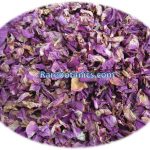
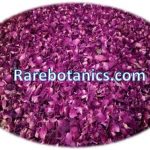
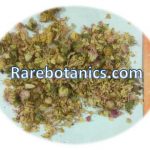
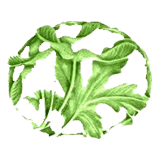
Reviews
There are no reviews yet.